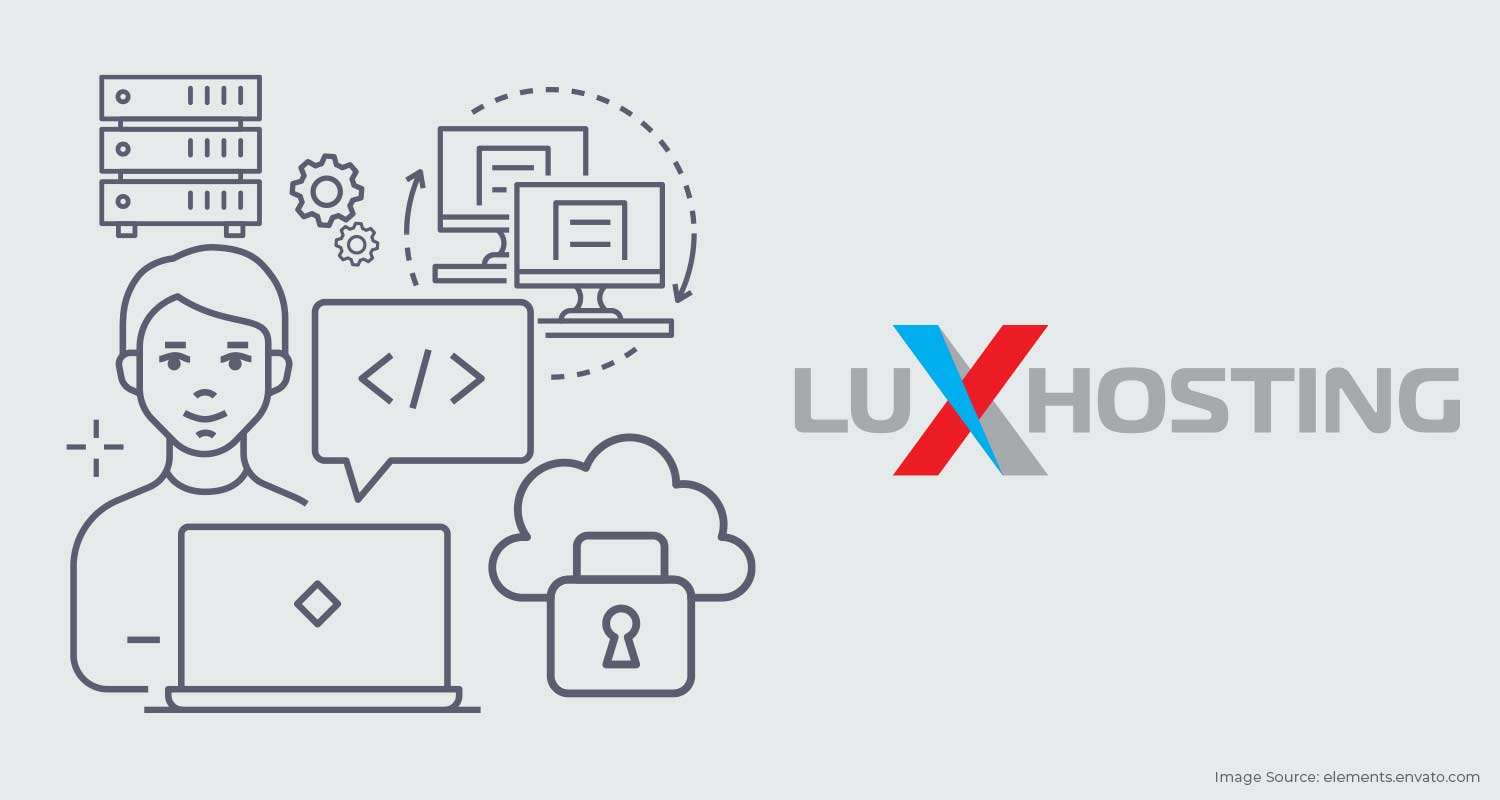Imagine having your own hosting space; having a private server to host your website on, manage your data, and increase or decrease your resources, if the need arises. And more often than expected, the need will arise, and when it does, wouldn’t it be great to be able to handle the situation on your own, instead of having to contact someone and hoping for the best? Well, thanks to VPS Hosting, cloud computing and virtualization, that is now possible!
What is Cloud computing?
[caption id="attachment_12942" align="aligncenter" width="600"] Photo: Christina, Unsplash[/caption]
Photo: Christina, Unsplash[/caption]
The Cloud is a system of servers that are hosted online and used to store, manage, and process data. Your most popular Cloud applications can be seen in technologies such as iCloud, Google Docs, and OneDrive. In a simple sense, The Cloud is made possible by virtualization, which is a technology that creates a computer-generated version of physical components. In a time like this, when data is being created rapidly and can barely be contained, having something as simple as virtual space can make a world of difference.
A Virtual Space
Hosting your website on a Virtual Private Server (VPS) guarantees you'll have your own web space which you can secure and manage on your account, domains and website. As the name suggests, a VPS is not a literal server, but a virtual one, that is installed on a parent server. Attaining full understanding of VPS comes from understanding virtualization and how it is incorporated in a VPS.
How does Virtualization work?
Whenever topic of virtualization is introduced, it almost always includes two very similar technologies – simulation and emulation. It is worth mentioning, therefore, that although they are similar, and sometimes used interchangeably, they are different. The concepts of simulation and emulation are derived from virtualization. The goal of virtualization is to make resources available, manageable, and distributable.
Understanding Simulation and Emulation
Virtual versions of the functions and components of resources are created, then distributed to individual customers, allowing them to exercise some flexibility in the way they use it. With a simulation, a virtual version of an entire system is made, for example, the iPhone simulator, which is used for mobile site testing. The simulated system includes all of the components and all the internal logic of the system it imitates.
An emulator, on the hand, includes the functions of the component, but does not necessarily include the internal logic thereof. Emulators can be used in place of the component they imitate, due to the fact that they are created to provide the same result. A good example of an emulator is seen in the android emulator.
“Virtual Reality” what does it really mean?
[caption id="attachment_2203" align="aligncenter" width="1024"] Photo: Elements.envato[/caption]
Photo: Elements.envato[/caption]
In virtual reality, you see things happening around you as if you are there in that moment. For example, if you are skiing on a virtual reality machine, you are not actually skiing, but are simply seeing the animation of another person skiing, from a first-person perspective. Virtual reality provides the view from the mountain top, and the sight of an individual skiing down the slopes, but you, as the participant, never left the building. This is how virtualization works.
Virtualization and VPS
When you are provided with a VPS, what you are actually given is an allocation of space on a real server, but not the server entirely. Instead, this space is presented to the real server (called the parent server) as a piece of software. Each VPS that is added to the parent server is presented in the same light, allowing them all to have their own components, space allocations, and other resources, but remain independent of each other. Each customer that is given their VPS manages it in their own, utilizing the space and implementing security in whatever way they see fit. Virtual Private Servers are managed using a hypervisor or a virtual machine manager.
Pros and Cons of Virtualization
Naturally, and much like everything else, virtualization and using a VPS comes with its advantages and disadvantages. Using a VPS for hosting provides a similar experience to using dedicated server hosting, but at a much more affordable rate. On the other hand, what you pay for is what you get; therefore, if you wish to implement a VPS as your hosting option, be prepared to cough up the payment beforehand.
Secondly, using VPS hosting can be significantly faster than using a cheaper option of web hosting. This is because your VPS is yours alone, but as your need for more resources grow, and as the number of accounts on the parent server increase, the parent server itself might slow down, affecting your server speed negatively.
A third advantage is the ability to resize your server, if your website requires it. The downfall to this, though, is that it attracts additional costs. Another benefit of using a VPS is improved uptime for your website. Since the VPS is resizable, you would not need to take your website offline to relocate if your allocated server resources are becoming low. You can simply purchase more resource space and processing. Again, the disadvantage to this is more money being required to purchase the additional resources.
Network virtualization
Source: giphy.com
Network virtualization deals with implementing the functions of a network without using the physical devices utilized when running the network. With network virtualization, a process called Network Function Virtualization (NFV) is implemented, where the functions of the network are divided into various virtual machines. This improves software performance because now each virtual machine only does whatever network function is allotted to it.
Perhaps the most popular example of network virtualization can be seen in the use of Virtual Private Networks (VPNs). Because public networks are not secure, virtual networking is strongly advised when connecting. VPNs provide a solution by creating a secure mode of data transmission over an unsecure network. VPNs are used in corporations to allow its employees to connect to the company’s network remotely and securely.
Other Forms of Virtualization
Another example is seen in Virtual Local Area Networks (VLAN). In a VLAN, the network switch, which is the device that transmits the data between two devices on a network, is virtually divided into multiple networks instead of one. “
“Recall that a network is any number of devices that communicate with each other and this is made possible through the network switch. “
Also recall, that data cannot be transmitted between two devices without internet connection unless they are on the same network. This is important to remember, considering the Virtual Local Area Network runs the same way. Even though two VLANs are on the same switch, the devices connected to the VLANs are only able to communicate if they are on the same virtual network.
The process of network virtualization can be a tedious one, especially from a business standpoint in which the network administrator has to match network functions to virtual units. This is because the functions must be allocated in such a way that the network is able to run efficiently and perform just as well as, if not better than, traditional networks. A relatively new concept called Software-Defined Networking (SDN) has been created as a solution to this problem. Software-Defined Networking involves using a centralized point to allocate virtual network functions to the various virtual units.
Advantages and Disadvantages of Network Virtualization
One advantage of network virtualization is it improves efficiency in the use of network resources. However, on the other hand, Secondly, network virtualization allows dynamic allocation changes of the network functions between virtual units, making the network more flexible. Finally, the concepts applied in network virtualization can be implemented to make the physical network more secure.
On the side of disadvantages, using multiple virtual units on the network requires more robust physical network devices. Secondly, more traditional methods of physical networking have to remain implemented to keep the network as resilient as it should be.
In conclusion
Virtualization has made many aspects of computing much easier to handle, and far more efficient.With the rate at which data is being created, transmitted and even destroyed, virtualization provides solutions to some of the biggest problems the world of computing faces today. Ideas such as cloud storage make the storage and manipulation of data much easier than it used to be. From the viewpoint of a small business and website owner, understanding the concept of virtualization and how it is incorporated in a Virtual Private Server will make you more equipped to handle your own VPS, if the need arises.
Simulation and emulation have both played their part in computing, making the implementation of physical components and function into software versions much easier. They are both topics that are not without depth and importance and understanding the difference between the two terms and virtualization is important. Virtualization makes simulation and emulation possible, but its main goal is to ensure that resources are available virtually and that they can be manipulated as much as possible. This will especially be seen in VPS hosting, when you are setting up your website and trying to find a way to customize your security and manage your resource allocation.
Networking virtualization is said to be inevitable in the world of computer science. The concepts used in this field are very important in the data and information age, because of the amount of security they allow. Virtual Private Networks provide security over a public unsecure network and Virtual Local Area Networks improve efficiency by providing a better use for the physical network components, but with the disadvantage that these components must be more robust.
Virtualization concepts are be used in many aspects of computing, so understand that what was discussed here only scratches the surface. Keep looking for ways to further your knowledge, and be prepared to use the concepts discussed here today no matter what side of computing you find yourself in.




